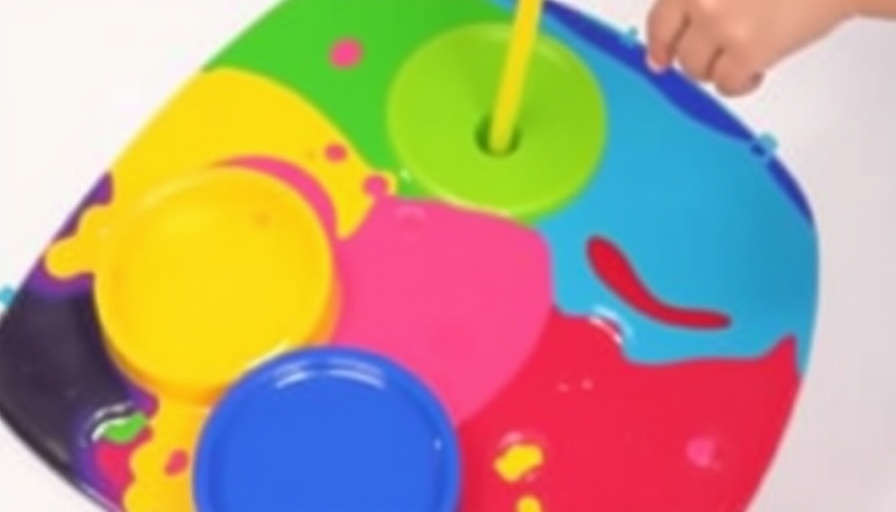
Unlocking Creativity and Fun with DIY Bath Paints
As parents, finding enjoyable activities for our kids that also promote creativity and health can often feel like a balancing act. DIY bath paints are a perfect solution, turning bath time into a colorful, artistic adventure while ensuring that the ingredients used are clean and safe. Not only do these paints offer a fun outlet for children, but they also provide a sensory-rich experience to stimulate their development.
Why Choose Homemade Bath Paints?
One of the most compelling reasons to opt for homemade bath paints is the ability to take control of what goes into your child's body. Store-bought options can contain harmful chemicals and artificial dyes, which can be daunting for parents concerned about their children's health. By making bath paints at home, you can ensure that they are composed of safe, non-toxic ingredients while encouraging your child’s artistic expression.
Simple Ingredients for Safe Fun
The beauty of DIY bath paints lies in their simplicity. A basic recipe generally involves natural food coloring, corn starch, and water. Not only are these components easy to find, but they are also affordable and non-toxic. For those who prefer a more eco-friendly option, you can even use organic food coloring or natural pigments derived from fruits and vegetables.
A Sensory Experience Beyond Colors
Bath time is often a time for relaxation and sensory exploration for children. The vibrant colors of homemade bath paints can enhance this experience, encouraging little ones to engage with their surroundings creatively. It’s not just the visual aspect; the tactile nature of paint and water can stimulate their motor skills as they mix colors, create patterns, and wash away their artwork. This type of sensory play is vital in early childhood development as it fosters creativity and problem-solving skills.
Health Benefits of DIY Bath Paints
Beyond the fun and creativity, using DIY bath paints with clean ingredients contributes to a healthy bathing experience. Natural ingredients mean less risk for skin irritations or allergic reactions, which are more common with synthetic products. This is particularly crucial for children who have sensitive skin. Regular exposure to synthetic chemicals can disrupt bodily functions and lead to long-term health issues—something no parent wants for their child. By creating bath paints from home, you can mitigate these risks and focus on holistic wellness.
Cleanup Made Simple
Fearing the mess that can come with art projects is natural for any parent, especially during bath time. However, one of the surprising advantages of DIY bath paints is their ease of cleanup. Because they use natural ingredients that dissolve in water, debris can easily be washed away, leaving behind a clean bathtub without harsh scrubbers or chemicals. What could be better than finishing an art session and having a sparkling clean tub?
Creating Lasting Memories
Emphasizing creativity and active participation allows children to form lasting memories of family bonding time. Each bath paint session is unique, providing them the opportunity to express their personality and desires. As children explore different colors and techniques, parents can join in on the fun, making bath time a delightful routine that develops stronger family connections.
Conclusion: Take Action!
Empower your children with creativity while ensuring they are engaged in a safe and healthy environment. The next time bath time rolls around, throw in some DIY bath paints for an experience that is educational, enjoyable, and good for their well-being. Starting today will allow you to create memorable moments, stimulate your child's imagination, and encourage artistic growth. Why wait? Dive into the joys of homemade bath paints!
 Add Row
Add Row  Add
Add 




Write A Comment